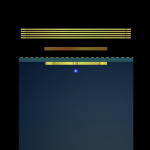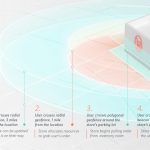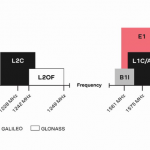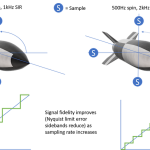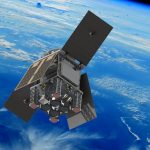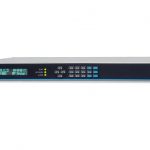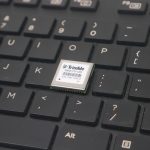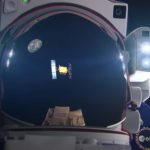New Atomic Clocks to Get Precision Timing Down Cold, Back up GPS for Infrastructure
ColdQuanta received two development contracts from U.S. Government agencies worth $2.55M in total, based on the company’s Quantum Core technology that uses atoms cooled to a temperature of nearly absolute zero, and lasers to manipulate and control the atoms with extreme precision. According to the Boulder, Colorado-based company, cold atom quantum technology can be used for secure global navigation, quantum timekeeping, and communications.
By Inside GNSS
